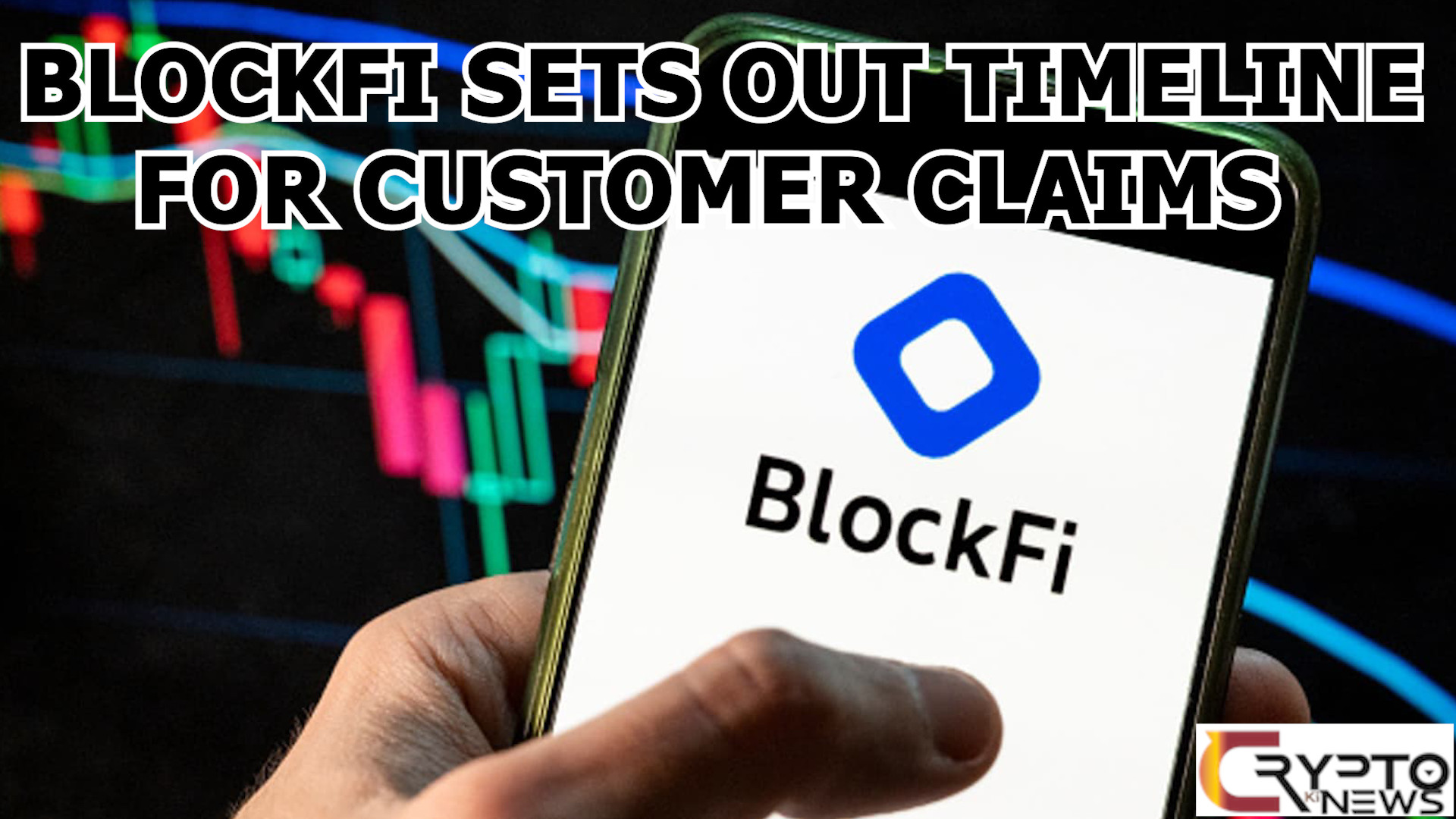While its customers have been locked out of their accounts since November, failed crypto lender BlockFi is locked in a bankruptcy court battle.
The war of words is playing out on a court docket in New Jersey, with the fight over customer wallets becoming so tense that BlockFi debtors have suggested the creditors in the case are “divorced from reality.” Those creditors in turn accused BlockFi of having a “temper tantrum.”
The case could provide cues for custody issues in other crypto cases, legal experts say, and the court battle also underscores how tricky it can be for customers of defunct crypto firms to get their money back.
“It’ll set a very important precedent for future crypto bankruptcies,” said Alex More, a partner at the law firm Carrington, Coleman, Sloman & Blumenthal.
A bankruptcy court is considering whether BlockFi customers can touch the digital assets in their wallet accounts. Lawyers for the BlockFi debtors argued in a December motion that clients should be given access, citing the company’s terms of service.
“The debtors have always prioritized doing right by their clients,” BlockFi’s lawyers wrote in a court filing. “The debtors seek to do just that, by permitting clients to access digital assets that are owned by them and were held in their wallet accounts on BlockFi’s platform as of the platform pause.”
The motion was met with objections from the Official Committee of Unsecured Creditors in the bankruptcy, along with another ad hoc committee of creditors. Several others, including individual creditors, also filed objections with the court.
“No good deed goes unpunished,” BlockFi’s lawyers wrote in another filing.
Lawyers have agreed to hash out their disagreements outside of the courtroom and update the judge on their progress at a hearing next month.
“This is not the first time a motion in front of me morphed into more than what was anticipated at the outset,” Judge Michael Kaplan said during a recent court proceeding. BlockFi did not respond to a request for comment.
‘Not enough money to go around’
The Official Committee of Unsecured Creditors in the BlockFi case agrees with allowing clients to access their wallets, but lawyers dispute BlockFi’s timeline for addressing the withdrawals.
The BlockFi debtors say withdrawals were paused on Nov. 10, when the firm announced it would halt withdrawals on Twitter. BlockFi filed for bankruptcy protection the following day. Some customers were able to move their money in the platform after the pause was announced, and BlockFi has asked for permission to update the user interface to adjust transactions to address the pause.
“There’s all kinds of issues as to when the withdrawals were paused. There’s all kinds of issues because some people still got transfers even though paused, and they didn’t true it up on their internal ledgers as was the habit and custom when they were transferring money out of the interest accounts to the wallets,” said Joanne Gelfand, of counsel at the Akerman law firm. “That’s what we’re interested in here, because the interest account holders, they’re the ones that are going to really be holding the bag. There’s just not enough money to go around.”
The objectors take issue with the Nov. 10 date, and instead are asking BlockFi to honor withdrawals through Nov. 23. For its part, the Official Committee of Unsecured Creditors has requested more legal analysis before wallets are reopened. The committee did not respond to a request for comment.
‘Good idea’
“Releasing wallet funds to account holders is a good idea, and one that the committee supports; but, there are certain legal issues that need to be worked through,” lawyers for the unsecured creditors committee wrote. “The factual record is incomplete and convoluted and demands substantial legal analysis before any conclusion can be made as to which transfers should be honored and to whom the money should be distributed.”
An individual creditor was more direct in his assessment. Andre Paim Carollo dos Santos said in a court filing that BlockFi was trying to “rely on their own public misstatements and misrepresentations to deprive BlockFi users of the funds which are fully and rightfully owned by them.”
Lawyers on either side of the dispute have not minced words. The BlockFi debtors say the analysis that the creditors committee has requested will be very expensive for the bankrupt crypto firm.
“The committee’s proposals for the return of funds are divorced from reality,” the lawyers wrote, saying that the objectors have “initiated needless, burdensome and wasteful discovery and litigation” over the wallet issue.
The Official Committee of Unsecured Creditors, however, argued that BlockFi was the one filing unnecessary court documents.
“The statement reads more like a temper tantrum than a thoughtful exposition of legal analysis, and the committee remains puzzled by this unnecessary pleading,” the committee wrote.
/cloudfront-us-east-2.images.arcpublishing.com/reuters/VYGKQG6TEVNI5DBCBI5AJ4ACWA.jpg)
If you’re a BlockFi customer, it isn’t yet clear whether you’ll be able to get your money back, nor how much you’ll be able to claim. We haven’t seen enough crypto exchange bankruptcies to know how this will play out. What is clear is that BlockFi is doing more than other crypto platforms to both communicate with its customers and return their funds.
Cash held in banks is protected against failure by FDIC insurance for up to $250,000 per account. SIPC insurance gives brokerage customers protection. But there’s no such coverage for crypto held on cryptocurrency exchanges. Some U.S. dollar deposits on some platforms may be FDIC insured, but this does not apply to crypto. This leaves crypto investors in a precarious position when it comes to recovering their money if a platform collapses.
As a BlockFi customer, watch out for an email or letter from BlockFi’s claims agent, Kroll. BlockFi has submitted a list of money owed to the court, and Kroll will tell you what assets it thinks you had on the platform. You should also be able to check your balance on Kroll’s website. It’s important you check that this information is correct. If Kroll has the right records, you don’t need to do anything.
According to BlockFi’s FAQ, if the information you receive is not correct, you have until March 31 to tell Kroll it’s wrong. To do this, you’ll need to submit something called a proof of claim. This is a form that Kroll will send along with the info about your holdings. If you don’t receive a message from Kroll, you may need to call them toll free on (888) 773-0375 or email [email protected] to update your contact information.
Many crypto investors were aware of the volatility risks associated with buying Bitcoin (BTC) or other digital currencies. But, until last year, the dangers of platform failure were less known. If you hold your crypto on a centralized exchange, consider what might happen to your assets if the exchange collapsed or got hacked. Look into the pros and cons of moving your funds to a non-custodial crypto wallet.



